5 Elements of Feng Shui For Your Home
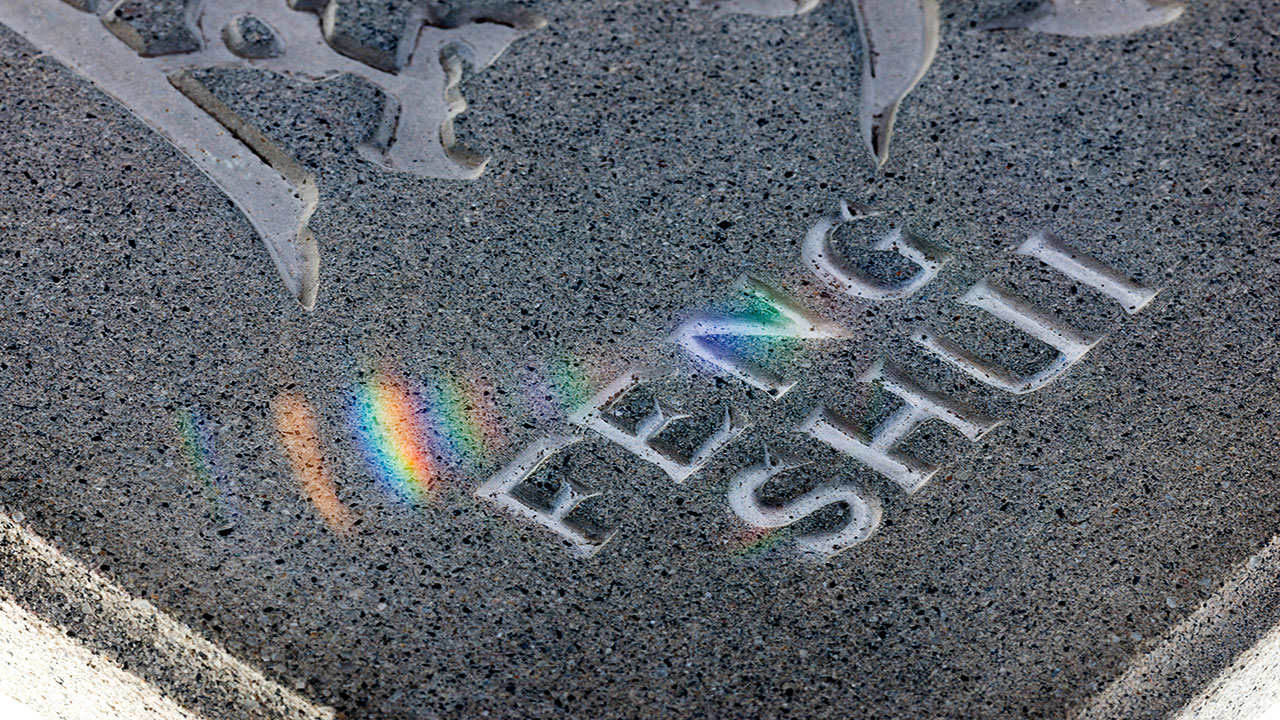
Your home should ideally be a safe retreat that you can feel comfortable and tranquil in, no matter what’s happening in the outside world. Interior designers go to great lengths to try and create a space that’s not only stylish and visually appealing to homeowners’ tastes, they also strive to create a home that provides a sense of balance.
That’s exactly where “feng shui” comes into play. It’s this ancient Chinese art and practice that aims to allow the natural flow of “chi” or “qi” – the life force or material energy of the universe – in a space. Feng shui offers a specific way to fill a home with this balancing energy, and it’s done by incorporating five essential elements: wood, fire, earth, metal, and water.
1. Wood
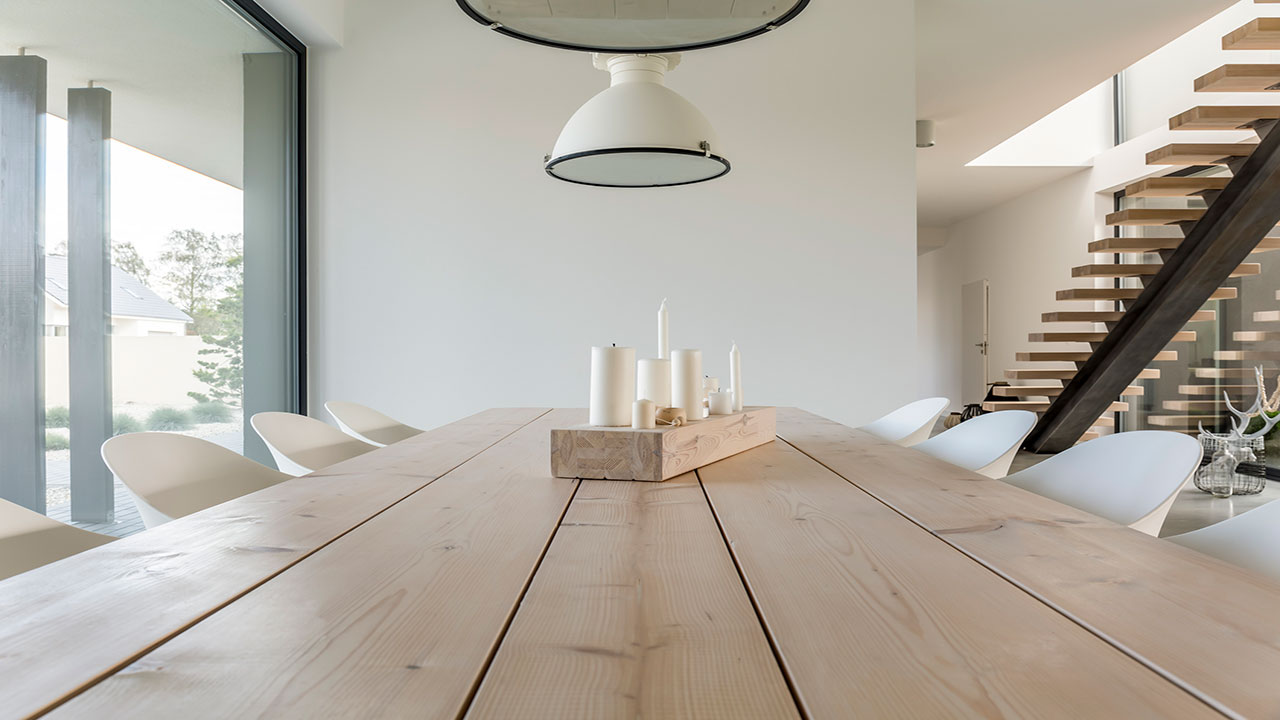
Incorporating wood into the home is easy enough, given all the furniture pieces and decorative accessories available in this natural material. But not only is wood esthetically pleasing to the eye, it also evokes a sense of tranquility and balance when introduced into the home environment.
The wood element is associated with health and prosperity, as well as natural growth. It represents a new start, which makes it an ideal element to add to a new home. Wood is intricately related to two other feng shui elements: fire and metal. While wood feeds fire, metal controls wood. It’s this dynamic relationship between these three elements that helps bring balance into a space.
When it comes to color, anything in the green or brown families works well for the element of wood. To bring wood into your home, consider adding houseplants, wooden bowls, and wood shelving. And as for shape, anything with a rectangular or columnar contour works well. For patterns, anything with vertical stripes can add some vibrant energy into a space.
2. Fire
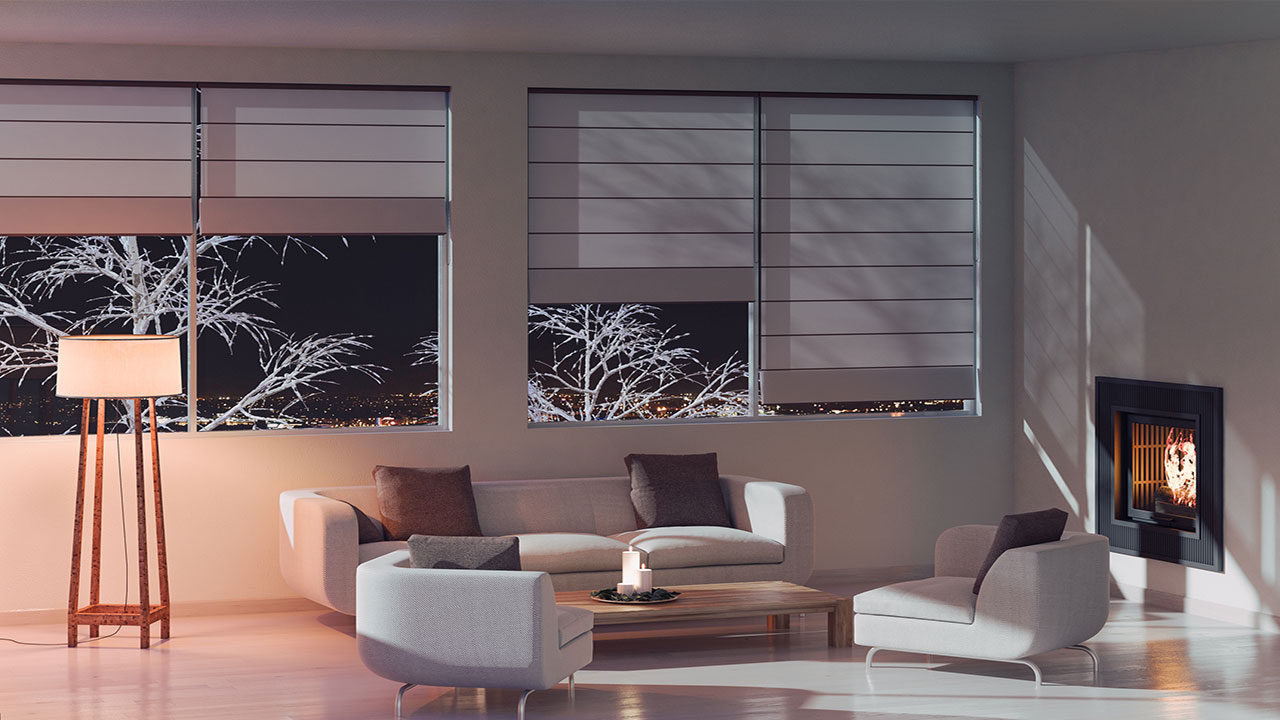
The element of fire is all about high energy, emotion, passion, and creativity. It’s also associated with reputation, fame, integrity, and the way in which your inner light shines. Given these attributes – as well as its physical aspect – it should come as no surprise that the color associated with fire is red, along with related hues such as bright yellow, orange, and pink.
A simple way to infuse fire into your home is by simply illuminating it with lights, candles, and even a wood-burning fireplace. You may also add elements into your home’s decor that feature triangular shapes, which are also associated with fire. Things associated with life and living beings – such as animal prints or photos of real people – also add to fire.
Essentially, anything you can bring into the home that features some form of light and red color palette will help add the element of fire to contribute to your feng shui interior.
3. Earth
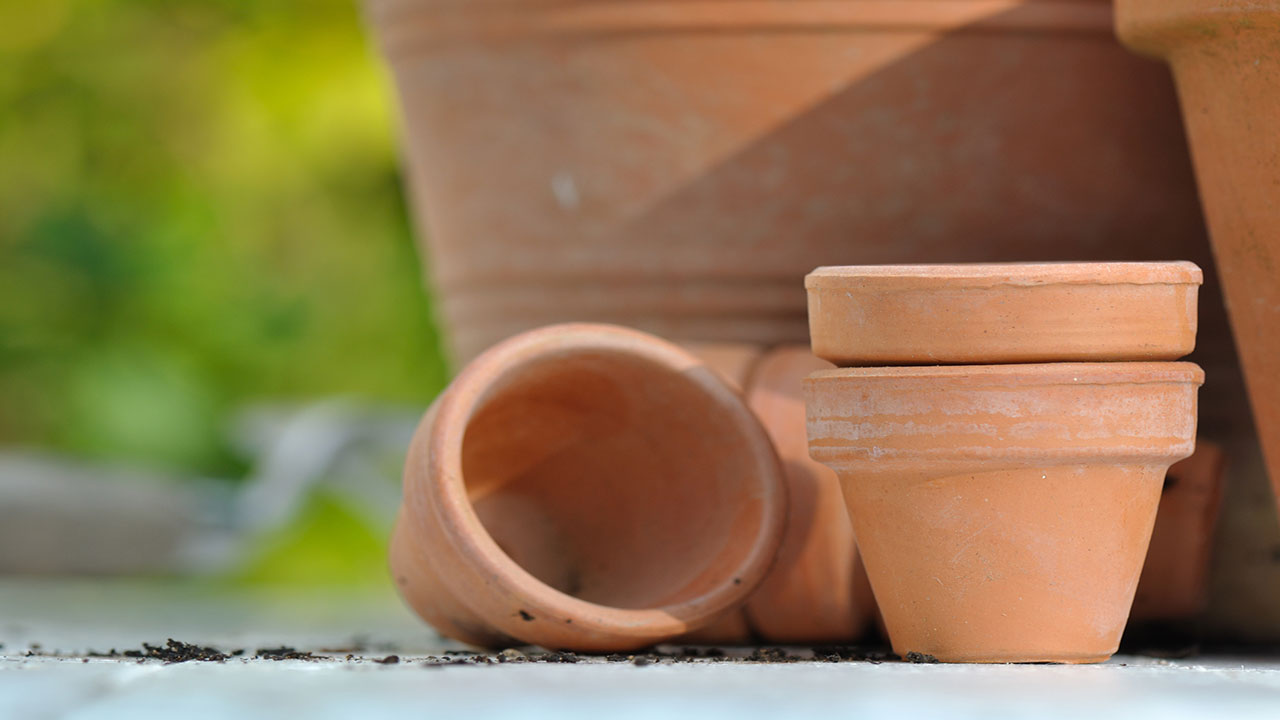
Stability, sustenance, knowledge, and support are all traits of earth in the realm of feng shui. The element of earth helps to create a sense of grounding when outside factors cause instability. It’s curative and healing in a way and brings back a level of control in a world that can often feel disorderly. The earth is meant to offer a sense of support, especially during times of chaos.
The square shape is most appropriate, as it’s the shape with the most stability. More specifically, flat, horizontal shapes are more heavily linked to earth. In addition, colors such as light yellow, tan, and light brown are earthy hues that can be incorporated into a space to tap into this feng shui element.
A simple way to add an earth element into the home is to add things that come from the earth itself, like natural stones, bricks, and ceramics. Square-shaped terracotta planters and stone tabletops, for instance, can easily accomplish the task of adding an element of earth into a home. Painting walls in pale yellow and light brown and adding accessories such as throw pillows in these colors is another simple way to bring in the earth element into an overall design.
4. Metal
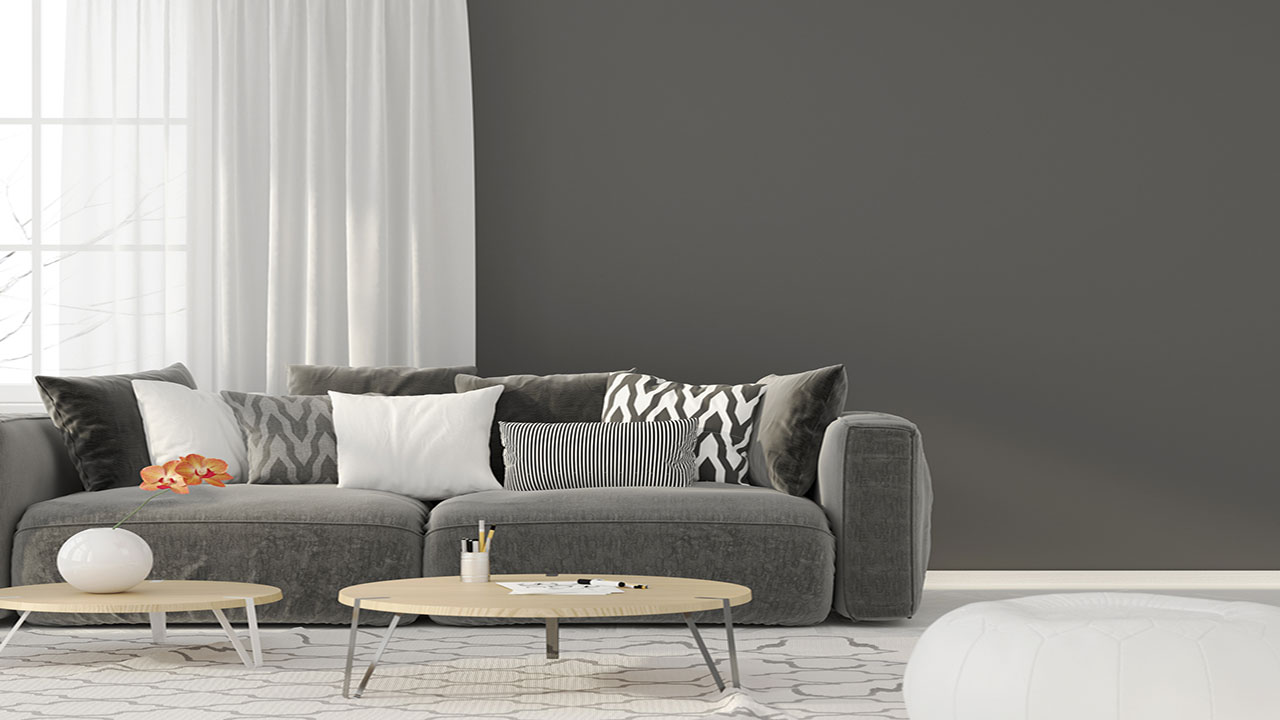
Metal is considered to be the purest element of feng shui and represents organization, focus, strength, and achievement. It’s meant to establish an environment that fosters successful ventures, capitalized opportunities, and keen insight. The energy that metal brings to an interior draws things together in a coordinated manner.
Associated with metal are the colors white and gray, along with the round shape. These colors and shapes can be incorporated into a space by introducing oval-shaped area rugs, circular picture frames or mirrors, and round tabletops in shades of white and gray. Of course, you can always use paint on the walls to express the element of metal in any room of the home.
Blending this element with fire can help soften the typically harsh traits associated with metal and bring a sense of balance to a space.
5. Water
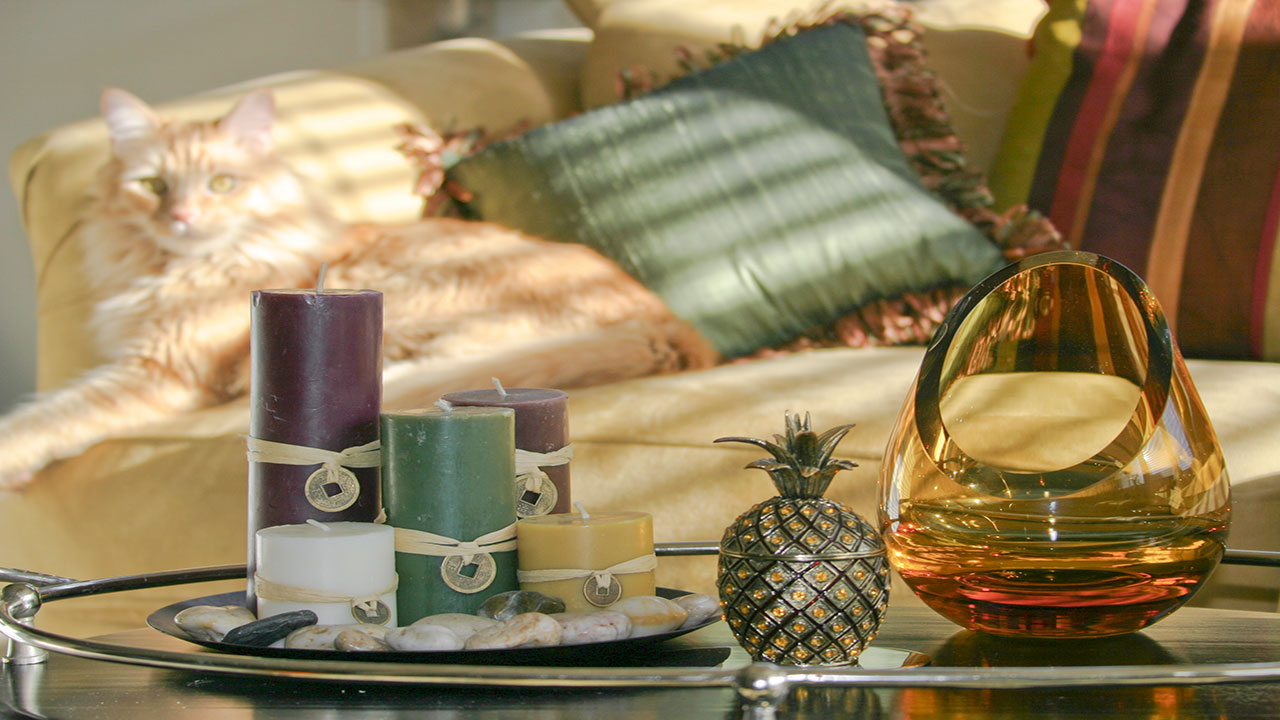
The element of water works in two different ways in feng shui: stillness and movement. Still water is associated with self-reflection and the inner self, while moving water is an expression of communication and community. The addition of water completes the elements of feng shui to create a well-balanced home.
Water is associated with the colors black and blue, as well as irregular and undulating patterns. Incorporating items in these dark colors and combining them with things that have a transparent or reflective surface can help create an aura of balance. This works even better with the addition of sporadic patterns and when combined with the fire element.
The Bottom Line
If simplicity and balance are what you’re aiming for with your interior design strategy, you may want to consider adopting a feng shui method of decorating. When used properly, the five elements associated with feng shui can make your home both sophisticated and comfortable to spend time in.
Feng shui is all about living in harmony with your surroundings, and using these specific elements can actually help reduce feelings of stress and disarray while evoking feelings of calm and stability. In a world that is inundated with stressful situations, it’s nice to come home to an environment that can evoke a sense of calm and stability.


